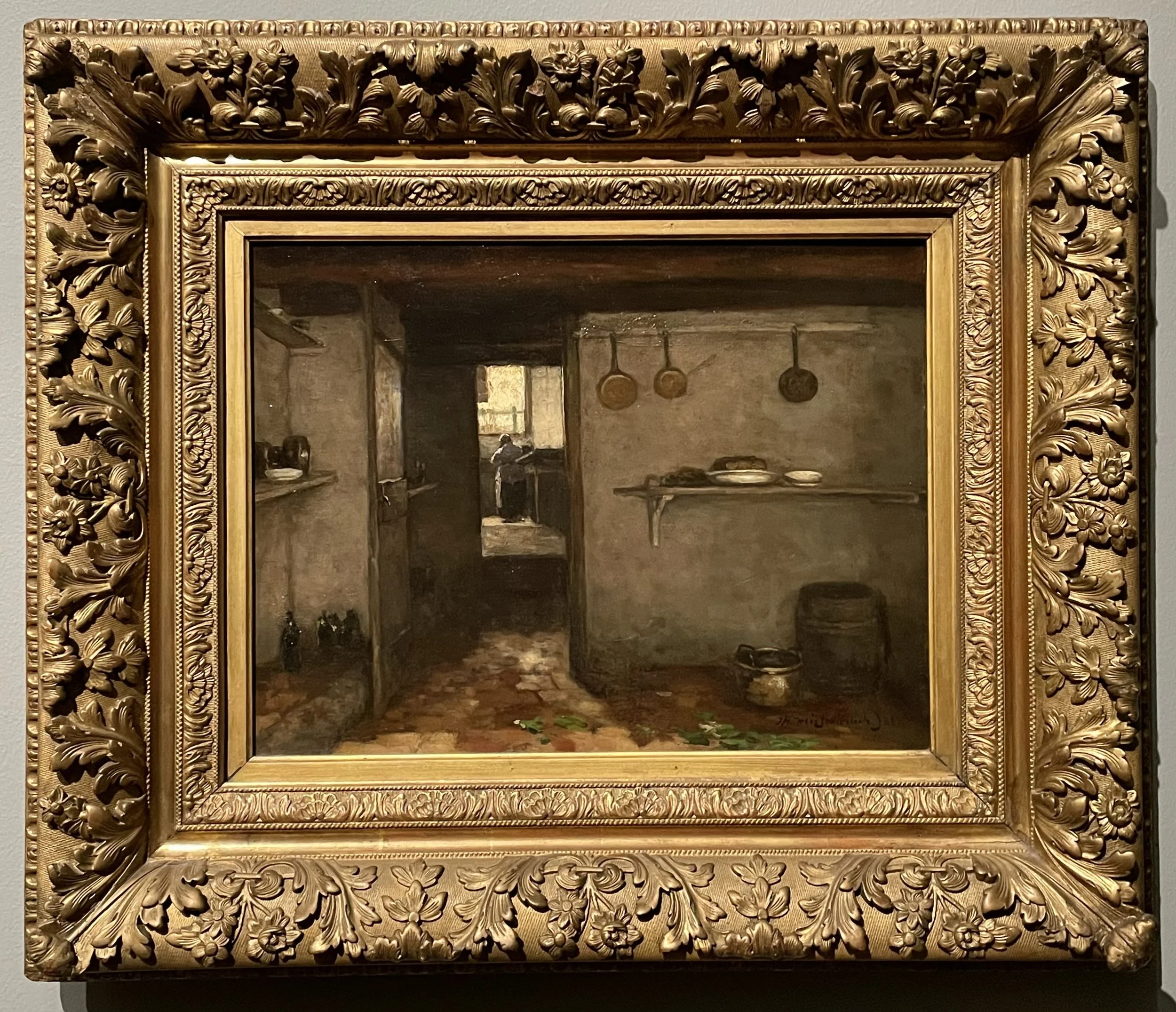
Behind the Scenes
Coffee professionals love to focus on the thing we work so hard to find, source, roast, grind, extract, and serve. That’s the part with aroma and applause. But behind every cappuccino is a whole other world: the back office.
In France, the love of bureaucracy is happy to make this world even more excruciating than it might be elsewhere. Forms for forms. Numbers for numbers. Stamps for stamps. Meanwhile, tech startups over here keep releasing clever ways to streamline everything, from health insurance to transport passes to taxes. It’s progress, yes, but the behind-the-curtains part of a business still takes as much planning and preparation as the fun stuff on the bar.

The Way Forward
I’ve been working as a coffee professional for some years now. One thing I love, one thing that keeps this industry free to evolve, is how few of us started here. Nearly everyone I’ve worked with came to coffee from somewhere else: art or design, finance or pastry. We bring those old tools to a new bench.
When a product with such a long history is constantly seen by fresh eyes, it becomes free to change.
So the questions never stop:
What if we tried this?
Why hasn’t anyone ever made coffee like that?
Who grew this variety, and why not another?
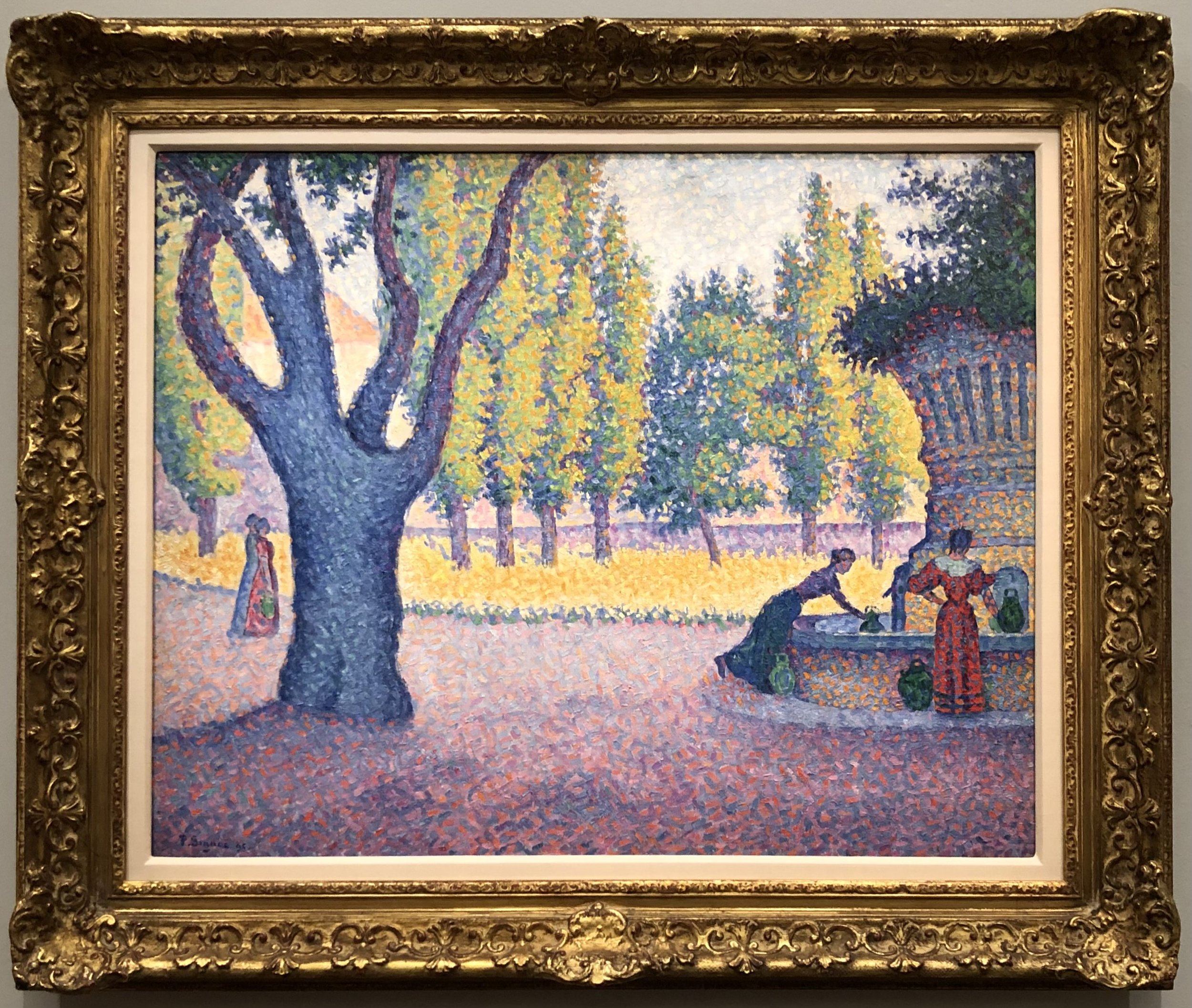
A Local Table, A Global Conversation
"Don’t ask me how this scales. Ask me how this spreads." — Dan Barber
Not long ago, every fine‑dining menu was judged by the same yardstick: How close could the chef land to the canonical duck confit, the flawless bouillabaisse, the perfect coq au vin? Today, we arrive at restaurants with a completely different hunger. We don’t want the same dish executed immaculately. We want a dish that could only have been imagined here, on this soil, by these hands.
Coffee, oddly, still lives in yesterday’s dining room. We slip into a new café, puff up our critical feathers, and decree, “I shall judge thee by the merit of thy flat white! …Ooh and may I have a cookie, too?” In response, most specialty coffee bars around the world have converged on a single, safe template: same gear, same drinks, same pale pastries, delivered with the same earnest smile.
Which leaves us with the same restless question the restaurant world faced a decade ago: What’s next?

Mixing It Up
Blending remains taboo in specialty coffee.
Say the word and you can feel the room stiffen—how dare you muddy a prized geisha with something else? For years, we've celebrated purity: single origins, single varietals, singular stories. But as I cup hundreds of coffees each season, I find myself wondering... what if we’ve misunderstood the true potential of the cup? What if we stopped treating coffee like a solo act—and started treating it like a canvas?
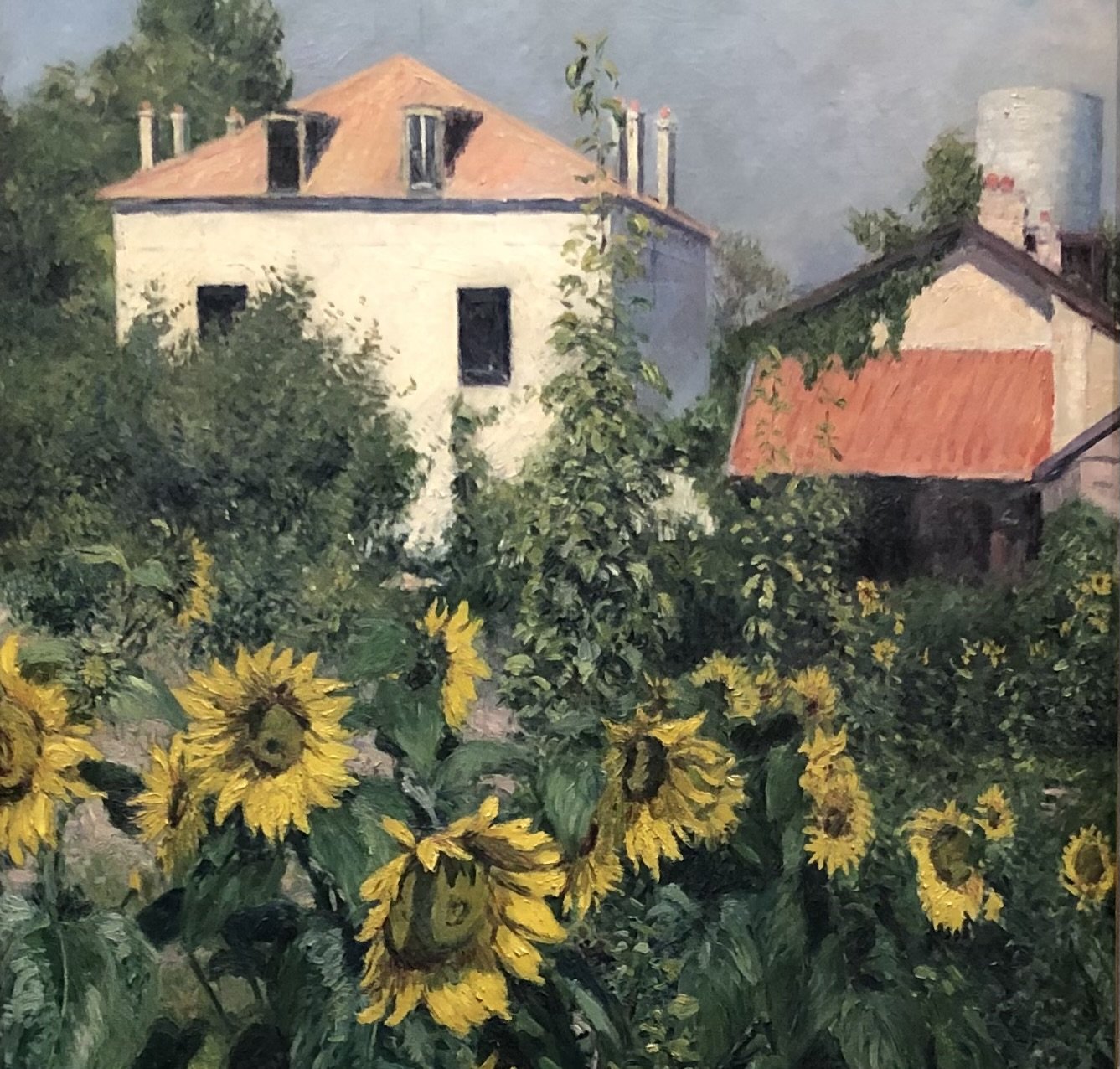
A Pallet and a Plan
Our project may still be on paper, but it’s important to go through what a typical day could look like. This will give us a clearer picture, help us to avoid potential problems, and see aspects of it that we hadn’t yet considered.
Coffee delivery day. The truck pulls up.
“Bonjour monsieur, vous allez bien?”
The driver waves as we unload sacks of green coffee, the smell of jute mingling with damp stone and the hum of our little electric mini-truck. It’s a bit beat-up but it gets the job done.
This is how it starts. Not with fanfare, but with a pallet and a plan.
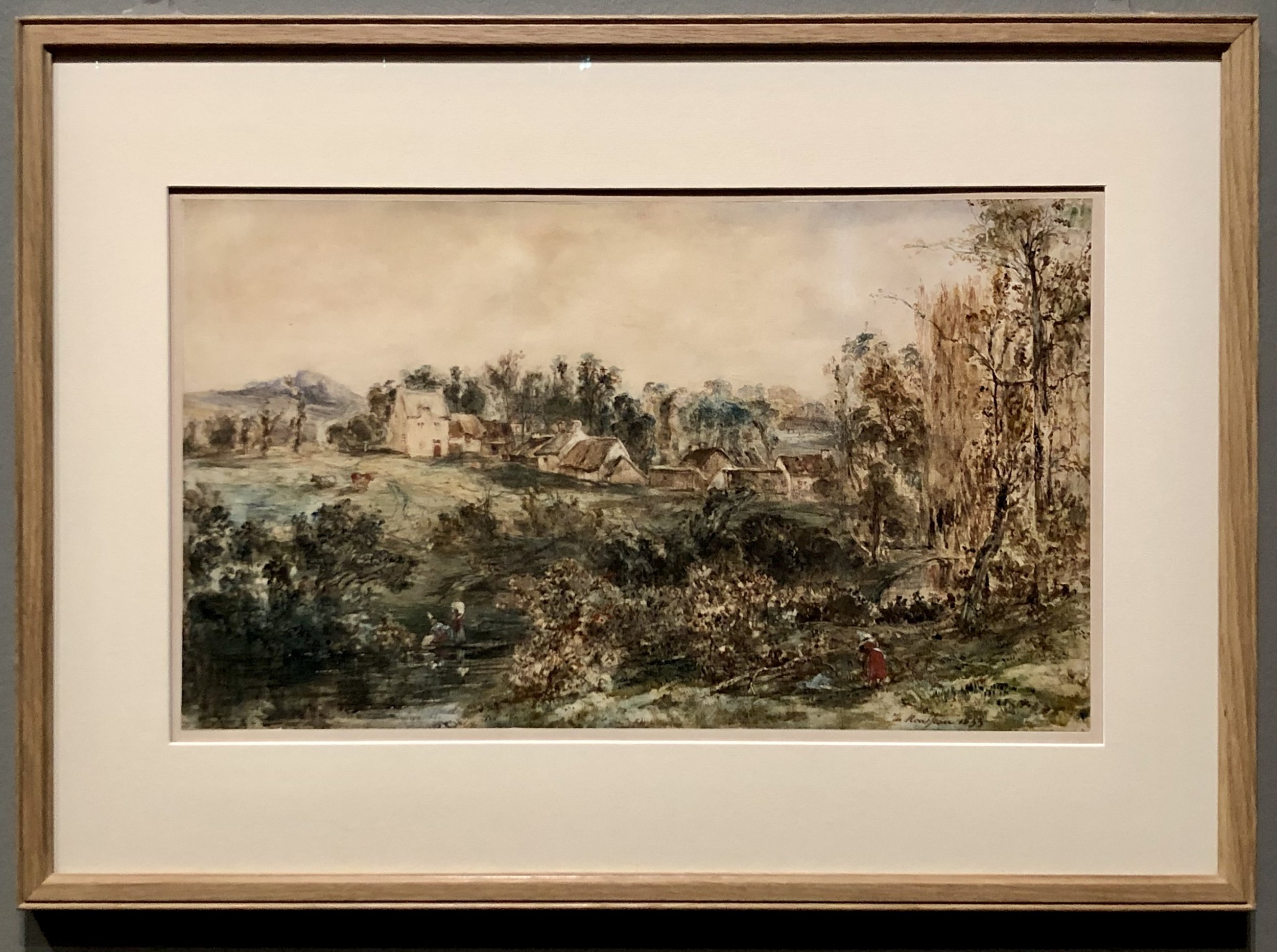
Art Repeats
As tools become more precise—roasting machines that hear first crack before we do, pour-over machines that mimic expert hands—we find ourselves asking: does precision diminish the craft? If the machine can do it, what’s left for the artisan?
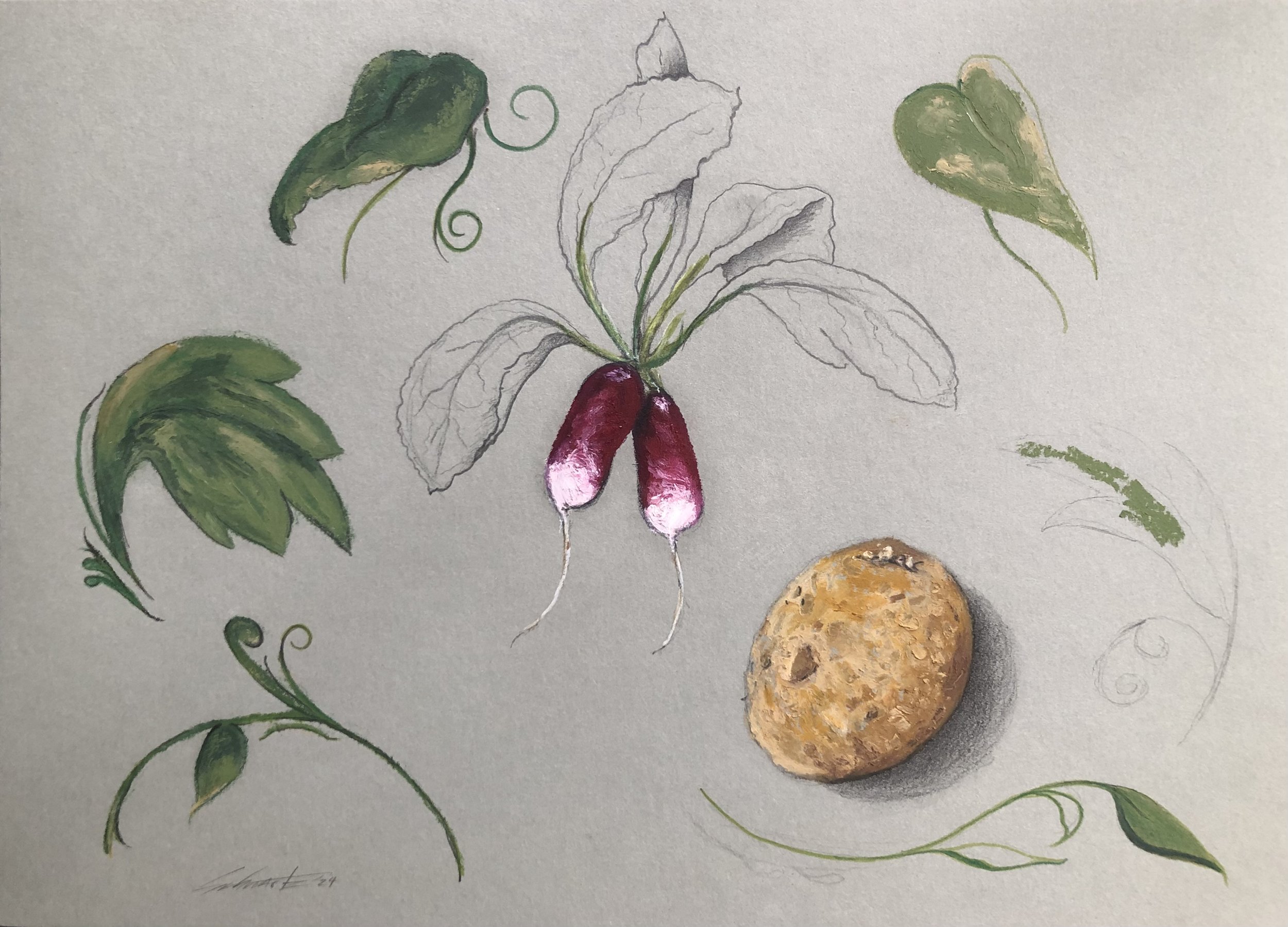
Fertile Ground: The Invisible Garden of Workflow
Let's talk about workflow. In a coffee space—especially one centered on intentionality—workflow might be the most crucial element behind the scenes, without which nothing in front of the scenes would flow at all.
I've come to see prepping a workflow as gardening. The gardener knows that what appears above soil—the vibrant blooms, the fruit-laden branches—depends entirely on what happens beneath the surface. A gardener dedicates 90% of their effort to soil preparation, understanding that this invisible work determines everything that follows. Similarly, planning a coffee shop's workflow carries exponentially more importance than simply arranging equipment.